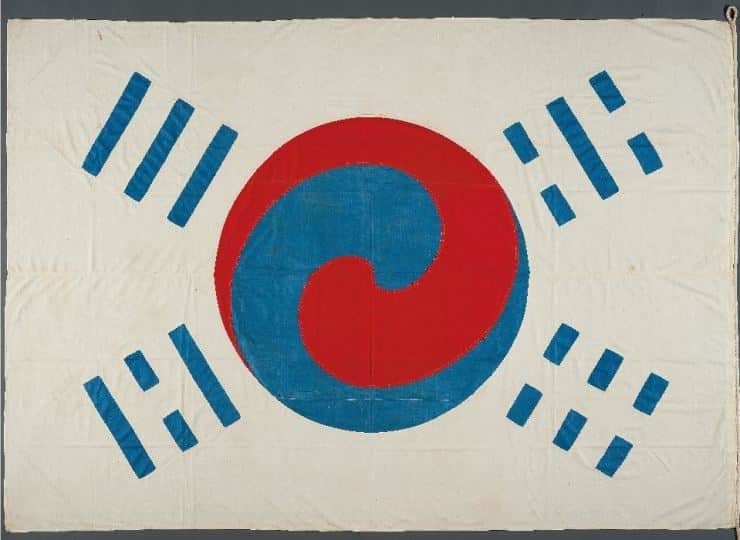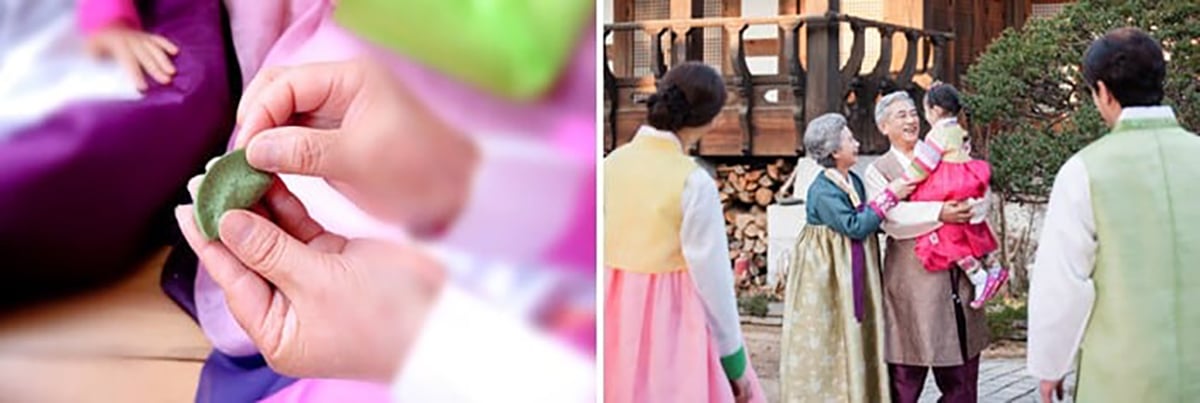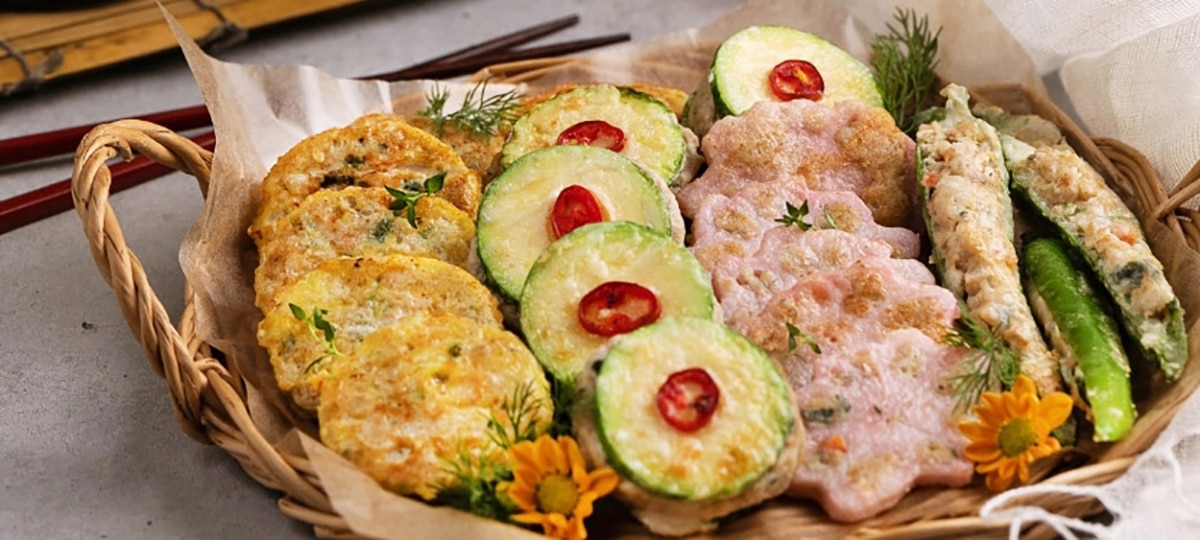South Korean holidays are a mosaic of traditions, celebrations, and solemn commemorations that paint a vivid portrait of a nation deeply rooted in its past yet dynamically engaged with the present. The holidays and special days observed throughout the year offer a window into the collective soul of Korea, showcasing the intricate blend of historical reverence, familial loyalty, and communal spirit that defines its culture.
As you walk through the streets during Seollal, the Lunar New Year, or gather with family under the full moon of Chuseok, the Harvest Festival, you’re participating in rituals that have echoed through generations, yet feel as immediate as the warmth of a shared meal or the comfort of a familiar story.
These traditional holidays, with their deep roots in the lunar cycle and agricultural rhythms, offer a pause for reflection and connection, a time when the fast pace of modern life yields to the slower pace of family reunions and the honoring of ancestors. They remind us of the enduring bonds that link us to our past and to each other.
But Korea’s calendar is also marked by days that resonate with the collective memory of struggle and resilience—Liberation Day, the March 1st Movement Day—each commemorating milestones in Korea’s journey towards sovereignty and democracy. These are moments of national pride, observed with solemn ceremonies and patriotic fervor, a testament to the Korean spirit’s indomitable will.
Interwoven with these grand observances are the quieter notes of Children’s Day and Parents’ Day, each reflecting the societal values of respect, education, and family. These days underscore the importance of the individual within the collective, celebrating the roles we play in each other’s lives and the fabric of society itself.
And as Korea looks outward, embracing the global village, it infuses international festivities like Christmas with its unique essence, adapting universal celebrations with a distinctly Korean flair. This adaptability speaks to Korea’s openness and its eagerness to engage with the world, all while staying true to its cultural identity.
In celebrating holidays, South Korea tells the ongoing story of a nation that reveres its history while boldly facing the future. It’s a narrative of balance—between tradition and innovation, individuality and community, solemnity and celebration.




 America’s only romance holiday is Valentine’s Day so we have to make this day very special to our significant others. But Koreans celebrate romantic holidays every 14th of the month. Valentine’s Day and White Day are the most popular and the most celebrated love holidays but there are ten other days that are devoted to love.
America’s only romance holiday is Valentine’s Day so we have to make this day very special to our significant others. But Koreans celebrate romantic holidays every 14th of the month. Valentine’s Day and White Day are the most popular and the most celebrated love holidays but there are ten other days that are devoted to love.












